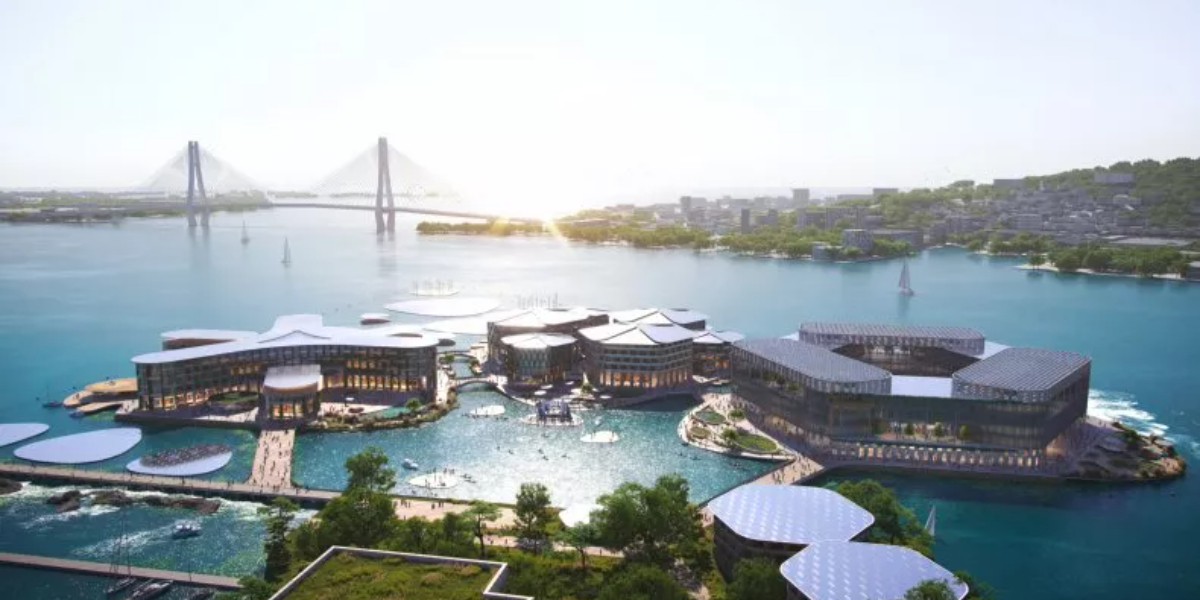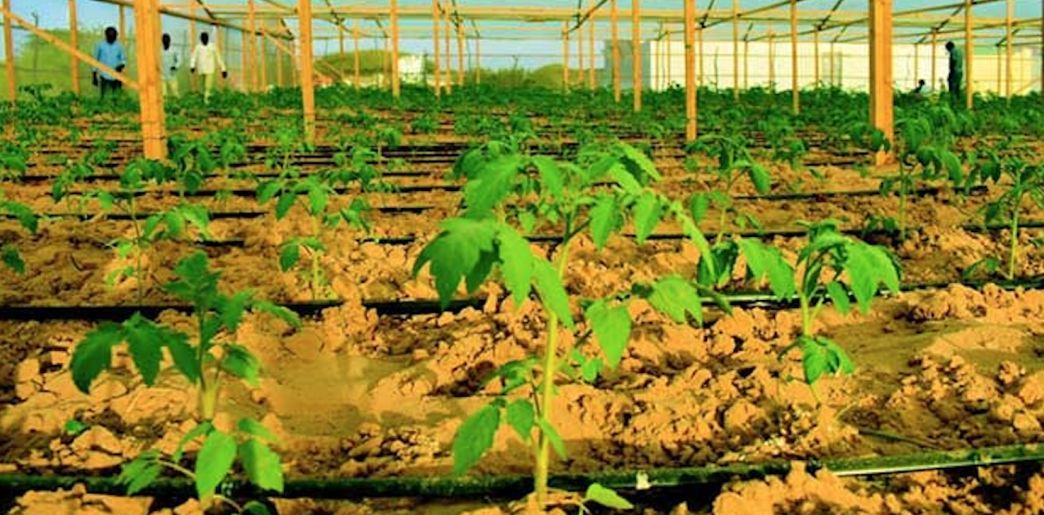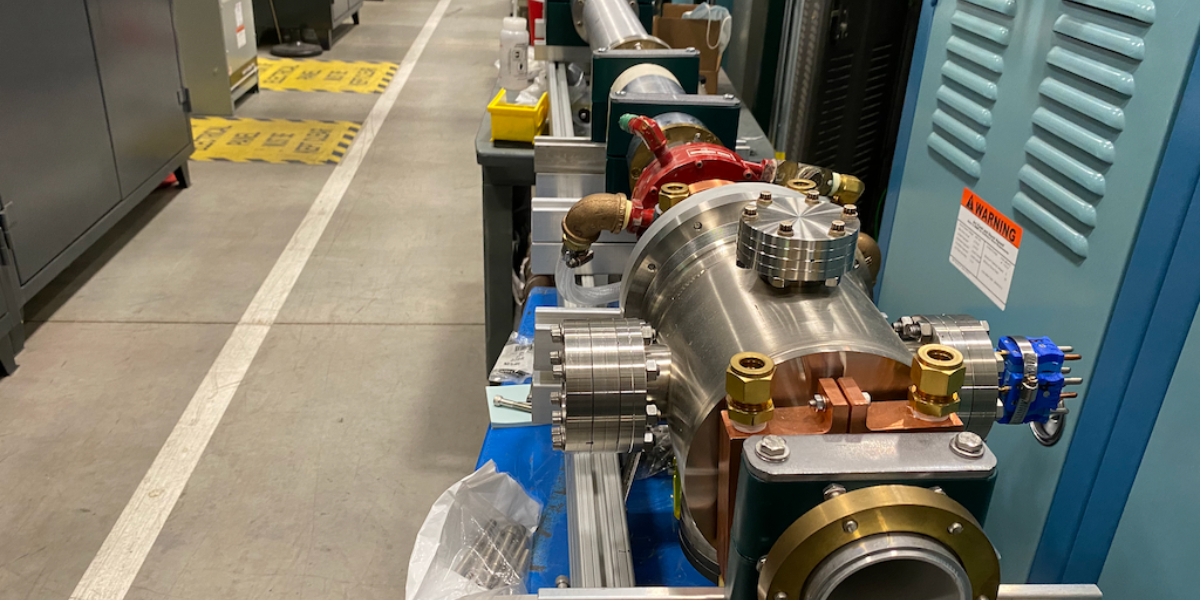AWARD YEAR
2023
CATEGORY
Community
GOALS
Sustainable Cities & Communities, Responsible Consumption & Production, Refugees and Migrants
KEYWORDS
city making, Local production, housing, floodings, circular production
COUNTRY
United States of America
DESIGNED BY
BIG / Oceanix
WEBSITE
https://oceanixcity.com/busan/
Oceanix Busan
A floating city supplying its own food, energy and water.
How does it work?
OCEANIX Busan is the world’s first prototype of a resilient and sustainable floating community.
The fully sustainable city run on six interconnected systems that generate 100 percent of the required operational energy on site through floating and rooftop photovoltaic panels.
The six systems include zero waste and circular systems, closed loop water systems, food, net zero energy, innovative mobility and coastal habitat regeneration.
Its zero waste systems aim to turn waste into energy, agricultural feedstock and recycled materials.
Each of the three platforms will treat and replenish its own water, as well as reduce and recycle resources.
Spanning a total of around 15 acres (six hectares) across the three platforms, the floating city will initially accommodate a community of 12,000 people. But it has the potential to expand to over 20 platforms and accommodate around 100,000 people.
Why is it needed?
Because we need new sustainable ways of living.
According to the U.N., 90 percent of "mega cities worldwide" face the threat of rising sea levels. "Flooding is destroying billions of dollars worth of infrastructure and forcing millions of climate refugees to leave their homes."
How does it improve life?
It's meeting the challenge of rising sea levels. It's an opportunity to evolve into an ecosystem of nature-based solutions for smart, resilient, and inclusive living.






